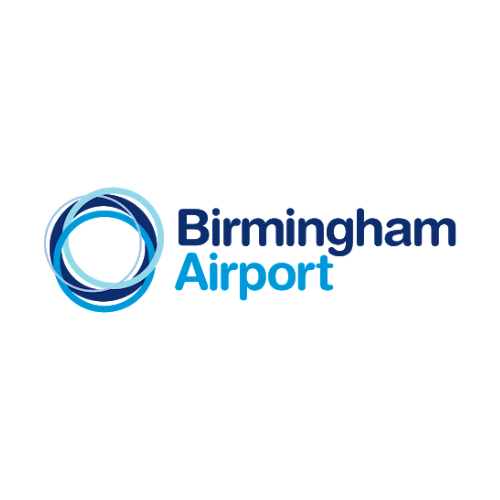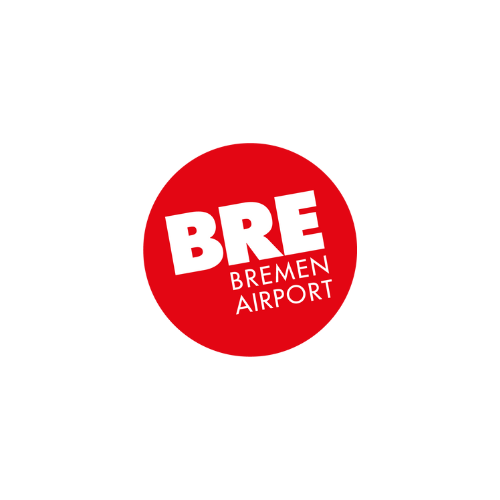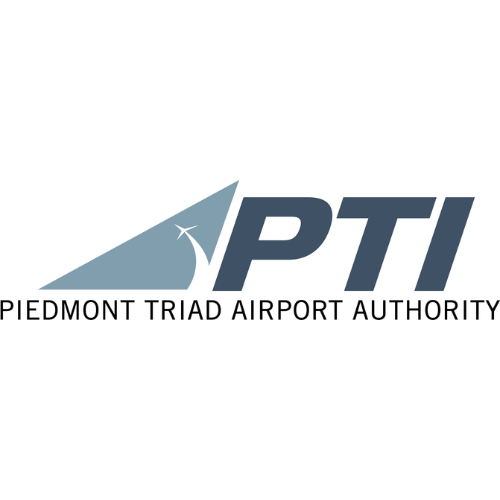Airports today operate in an increasingly competitive and dynamic industry. They are no longer just transit hubs but multifaceted businesses tasked with generating substantial revenue to sustain operations and drive future growth.
With the advent of digital technology, airports have more opportunities than ever before to harness passenger data, offer personalised services, and directly sell flights, holiday packages, car hire, and airport transfers from their own ecommerce platforms.
However, relying solely on ticket sales and traditional concessions isn’t enough. To thrive in this evolving landscape, airports must tap into a variety of revenue streams. Here we’ll explore the diverse and innovative ways airports can optimise their revenue management, ensuring long-term sustainability and an enhanced passenger experience.
Aeronautical revenue streams
Aeronautical revenues form the backbone of traditional airport revenue management strategies, derived directly from airlines and passengers using airport facilities. Key components include:
Airline terminal space rentals: Airports lease space to airlines for ticket counters, offices, and operational areas within terminals. These rentals provide steady income while fostering strong partnerships with airline operators.
Airline landing and usage fees: These are charges levied on airlines for the use of runways, taxiways, and aprons. Fees are typically based on aircraft weight and frequency of use, contributing significantly to covering the maintenance costs of critical infrastructure.
Passenger charges: Often included in ticket prices, these fees are collected by airlines and passed on to airports. They cover the cost of facilities and services used by passengers, such as security screening and terminal amenities.
Maintaining competitiveness in aeronautical revenue requires airports to remain attractive to airline partners. Offering state-of-the-art facilities, seamless operations, and a positive passenger experience ensures airlines continue to choose and invest in specific airports, sustaining this essential revenue stream.
Diversification into non-aeronautical revenue streams
Non-aeronautical revenue streams have become vital for financial stability, reducing reliance on fluctuating airline operations. The airport non-aeronautical revenue market was valued at 57.56 billion USD in 2023 and is projected to reach 118.5 billion USD by 2032. This growth underscores the importance of investing in innovative strategies to diversify airport income.
Parking: Car park reservations and the integration of EV charging stations cater to the growing demand for sustainable travel options, providing a reliable revenue stream. However, parking can offer more than just a space for vehicles—it’s often the first interaction customers have with the airport’s ecommerce platform. When booking parking via an airport website, customers are introduced to other preorder opportunities, such as retail products and food and beverage, enhancing their overall airport experience.
This seamless cross-selling not only adds value for passengers but also opens new avenues for revenue generation. Additionally, implementing dynamic pricing strategies for parking, based on demand, booking time, and duration of stay, enables airports to optimise occupancy and maximise revenue. According to McKinsey, dynamic pricing can increase a company’s revenue by an average of 5%, underscoring its value in maximising parking revenue.
Retail: Airports host a wide range of retail outlets, from luxury brands to travel essentials. Optimising this stream involves leveraging an airport ecommerce platform like Rezcomm, which offers Browse-and-Buy functionality, enabling passengers to preorder items for collection at the airport or delivery to lounges and gates.
With real-time information at their fingertips, passengers can see what’s available to them right now, enjoy personalised product recommendations, and benefit from digital vouchers sent straight to their mobile phones. These features enhance passenger convenience and encourage spending.
In return, airports collect valuable passenger data to tailor future offerings, while increasing basket values through upselling and cross-selling opportunities. This integrated approach significantly boosts revenue generation by aligning passenger satisfaction with strategic sales initiatives.
Food and Beverage: In a similar way to retail, airports can increase non-aeronautical revenue through integrating their ecommerce platform with a selection of airport restaurants, cafes, and bars. Passengers enjoy the ultimate convenience of preordering their food and drinks before they arrive at the airport, or from their table, with the option for collection or delivery.
In addition to increasing revenue through an elevated passenger experience, airports benefit from the opportunity to collect data, learn more about their passengers, and use this insight to optimise their offerings for future revenue generation opportunities.
Ground transport: Partnering with local transport services and offering integrated booking options for taxis, shuttles, and car hires ensures seamless connectivity and additional income. Furthermore, airports can incentivise passengers to use ground transportation during peak parking times, helping to alleviate parking congestion. This strategy enables airports to continue generating revenue even when parking capacity is maximised, while maintaining high levels of passenger satisfaction.
Lounges: Premium lounge access can be prebooked or purchased at the airport via QR codes, enhancing passenger comfort while generating revenue. Airports can further increase revenue by offering upsells such as a glass of champagne or additional hours for extended stays, catering to passengers seeking extra comfort and exclusivity.
Fast Track and Virtual Queueing: Offering expedited security and boarding services, available for prepurchase, taps into the demand for frictionless travel experiences. By speeding up the passenger journey through security, airports can increase dwell time, giving passengers more opportunities to spend money in retail stores and restaurants. In fact, studies show that a 10% increase in dwell time can lead to a 5% increase in revenues, highlighting the direct link between improved passenger flow and increased spend.
Non-aeronautical revenue streams not only provide financial resilience but also present opportunities to deepen passenger engagement. By integrating these offerings into a cohesive loyalty programme, airports can encourage repeat visits and increase the lifetime value of passengers. A well-structured loyalty programme fosters customer retention by rewarding frequent travellers with exclusive perks and personalised experiences, ultimately driving consistent revenue growth.
Innovative revenue management for airports
Airports are increasingly exploring innovative revenue streams to diversify their income and enhance passenger experiences:
Premium services (beyond Fast Track and Lounges): VIP concierge services offering priority check-in, lounge access and personalised travel assistance cater to passengers seeking exclusivity.
Meeting room hire: Airports can transform underutilised spaces into business hubs, offering meeting rooms and office spaces for rent, appealing to corporate travellers. Additional income can be generated through equipment hire and preorder food and beverage.
Appointments and personalised services: Introducing personal shopping experiences, beauty treatments, and wellness services within the airport creates unique, high-margin revenue opportunities.
Event hosting: Utilising airport facilities for events, conferences, and exhibitions during off-peak times maximises space usage and opens new income avenues.
Subscriptions for regular passengers and personalised bundles: Airports can generate consistent income by offering subscription models tailored to frequent passengers, such as business travellers. These subscriptions can include services like parking, lounge access, and fast track at discounted rates. Automated access and online billing streamline the process, ensuring convenience for passengers and reliable revenue generation for airports.
Additionally, airports can leverage passenger data to create personalised bundles that combine services like airport hotels, priority parking, and meals. These tailored offerings not only enhance the passenger experience but also drive increased spend and overall revenue growth.
These innovative streams not only generate additional income but also contribute to a richer, more engaging passenger experience, positioning airports as multifaceted destinations.
Challenges and considerations
While diversifying revenue streams is essential, airports must navigate several challenges to ensure success:
Passenger experience & convenience: Any new initiative should enhance, not hinder, the travel experience. Overcrowded retail spaces or complex service offerings can detract from passenger satisfaction, reducing spending potential. Airports must prioritise seamless, frictionless touchpoints.
Strategic use of space: Airports operate within spatial constraints, necessitating careful planning to balance commercial ventures with operational efficiency. Ensuring smooth passenger flow and maintaining safety standards are paramount.
Technological integration: Airports should prioritise flexible, scalable technology that can grow with their needs, such as modular systems for parking reservations and retail services. These solutions should integrate seamlessly with existing infrastructure and allow for easy updates without disrupting operations. Security is crucial, so technologies must comply with top standards to protect sensitive passenger data.
Additionally, incorporating AI and advanced analytics can optimise pricing and personalise experiences, while automated, contactless options enhance convenience and reduce costs. This approach ensures that technology supports both current demands and future expansion efficiently and securely.
Local partnerships & community engagement: Collaborating with local businesses, artists, and food vendors creates unique offerings that resonate with passengers while fostering community ties. Supporting the local economy enhances the airport’s reputation and appeal to non-passengers.
Optimise revenue management with Rezcomm’s industry-leading solutions
Understanding and optimising diverse revenue streams is vital for airports to sustain operations, invest in future growth, and enhance the overall passenger experience. By moving beyond traditional ticket sales and concessions, airports can achieve greater financial stability and resilience against industry fluctuations. However, successful diversification requires strategic planning, technological integration, and a relentless focus on passenger satisfaction.
With Rezcomm as your trusted airport partner you can unlock the full potential of your revenue management portfolio. Our suite of innovative Business modules, including dynamic pricing, tailored promotions, and efficient management of ancillary services like executive lounges and fast track security, empowers airports to adjust pricing based on demand, maximise yield, and drive incremental sales. Backed by powerful data-driven insights and our global experience working with airports worldwide, we offer solutions that not only improve your financial performance but also enhance passenger satisfaction.
Download our Business brochure to discover how Rezcomm’s suite of innovative solutions can help you optimise revenue, enhance passenger experience, and drive long-term growth.




























